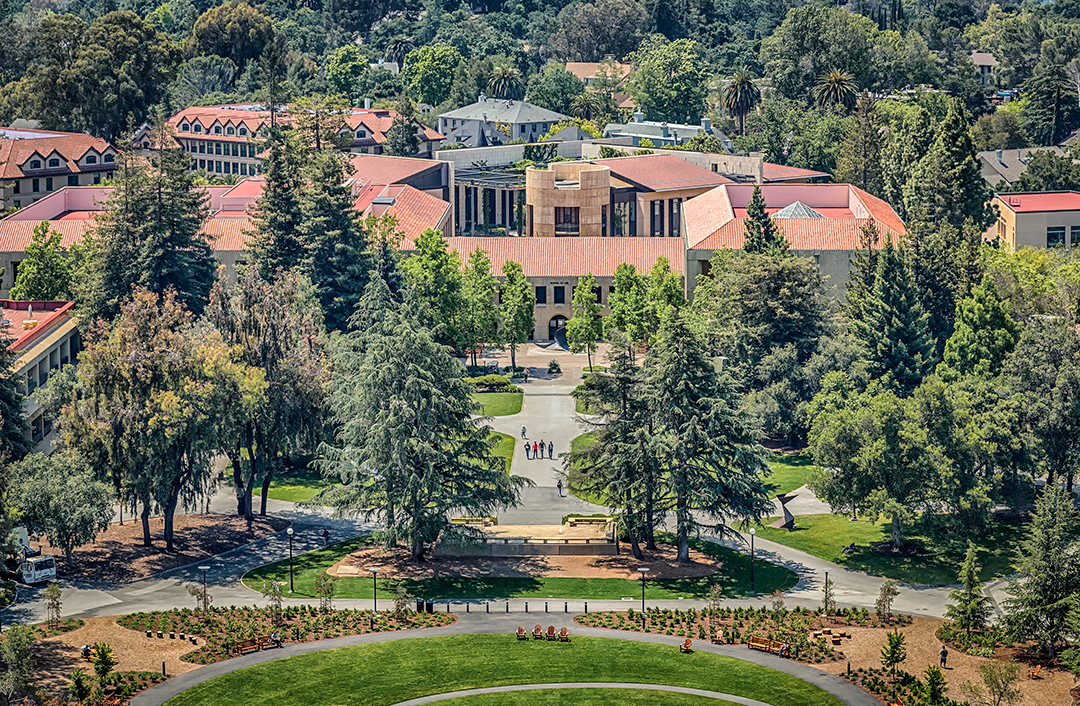Pioneering Legal Minds

Stanford Law School (SLS) has pioneered new areas of law and spearheaded innovations in legal education, including interdisciplinary study and experiential learning. Students can create their own joint degrees, take one or more of 11 legal clinics and 15+ policy practicums, or initiate their own projects — charting paths to the seat of government, the boardroom, courtrooms, corporations, law firms, and other places of influence.
Leland Stanford, himself a lawyer, drafted in 1885 the university’s Founding Grant, declaring a central role for a legal education. What started as Stanford’s law program in 1893 has since become a leading law school. SLS is headquartered here on a street named after Nathan Abbott, one of Stanford Law’s first two professors who also served as program head. The other professor was former U.S. President Benjamin Harrison. SLS was at the forefront of efforts to institute the California Bar exam, which was added to the requirements to practice law in California in 1919.

Judicial Excellence
Stanford Law School’s Class of 1952 is the only law school class in history to have produced two U.S. Supreme Court justices — former Chief Justice William Rehnquist and former Justice Sandra Day O’Connor, the first woman appointed to the nation’s high court. More than 70 other alumni have served as state supreme court justices or on the federal bench.

Student Impact
As a policy incubator, the Law and Policy Lab deepens the law school’s immersive learning environment, challenging students to tackle timely issues through practicums annually. In one case, students developed solutions for illegal fishing and labor abuses in seafood supply chains. Another student team assessed current federal and state hate crime enforcement models and explored alternative approaches.

